What is the tolerance range of precision screws?
What is the tolerance range of precision screws?
Service Hotline
+86760-8787 8587We have more than ten years of production experience in the screw industry. The main products are: thickened insulating gasket, GB96 washer, washer screw, heart rivet, screw nut cap rosette, non-slip screw with pad, nut set combination, left tooth inverted Hexagon anti-thread bolts, fine thread locking nuts, hexagon socket machine screws, 4mm stainless steel pins, vertical stripe rivet nuts, DIN557 square nuts, round cup bolts, 304 half hexagon blind hole rivet nuts and other fasteners, due to The materials and specifications of the products are different, and the prices are also different. Please contact us if you need it.


Now the screw itself is made of metal, so it is easy to rust, especially screws in harsh weather environments that are exposed to the air for a long time, such as air conditioners, wires, etc. In the existing technology, the shape of the screw has been fixed, and the structure of the screw itself is composed of a shaft with twill in the middle and a polygonal structure with stripes on the outside. OK, but because of the installation of some equipment, it needs to be exposed to the air for a long time. For example, the outdoor unit of the air conditioner must be installed in the outdoor area, and the outdoor can not be sheltered from wind and rain, so after long-term sun and rain, the screw The surface is easy to rust. If the rust is serious to a certain extent, the nut will be embroidered to death. Once the external machine needs to be disassembled one day, the embroidered screw will lose its use value and give workers to the workers. The disassembly and assembly of the screw has caused a lot of trouble, because the embroidered screw cannot be unscrewed directly. The only method used is to cut off the shaft in the middle of the screw with a hacksaw, or discard the entire screw structure. Since the shaft in the screw has been inserted into the middle of the wall, this waste is not good for both aesthetics and safety. To solve the rust problem of the screw, the existing technology is to improve the material of the screw, or to maintain it regularly, but this method itself is time-consuming and labor-intensive, and it is a waste of resources.
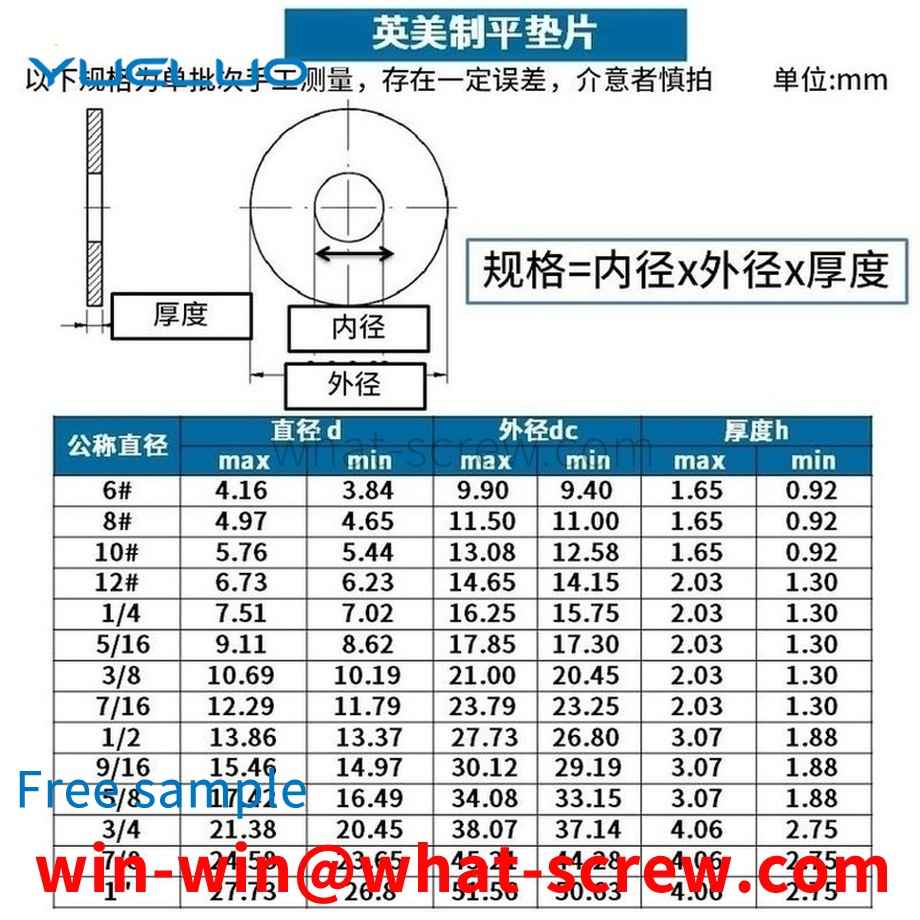
The application range of the oil pump is very wide. When it is used, the oil pump needs to be assembled. During the assembly process, when the pin is driven into the pin hole, it is generally held by the operator with a hammer, and then aiming at the top of the pin to press. Into the hole, due to the relatively high tolerance requirements for the depth of the pin pressing and the side clearance (the gap between the pin and the groove wall), the traditional operation method not only causes a high rejection rate and a long training time for personnel, but also The slow processing speed affects the production efficiency.
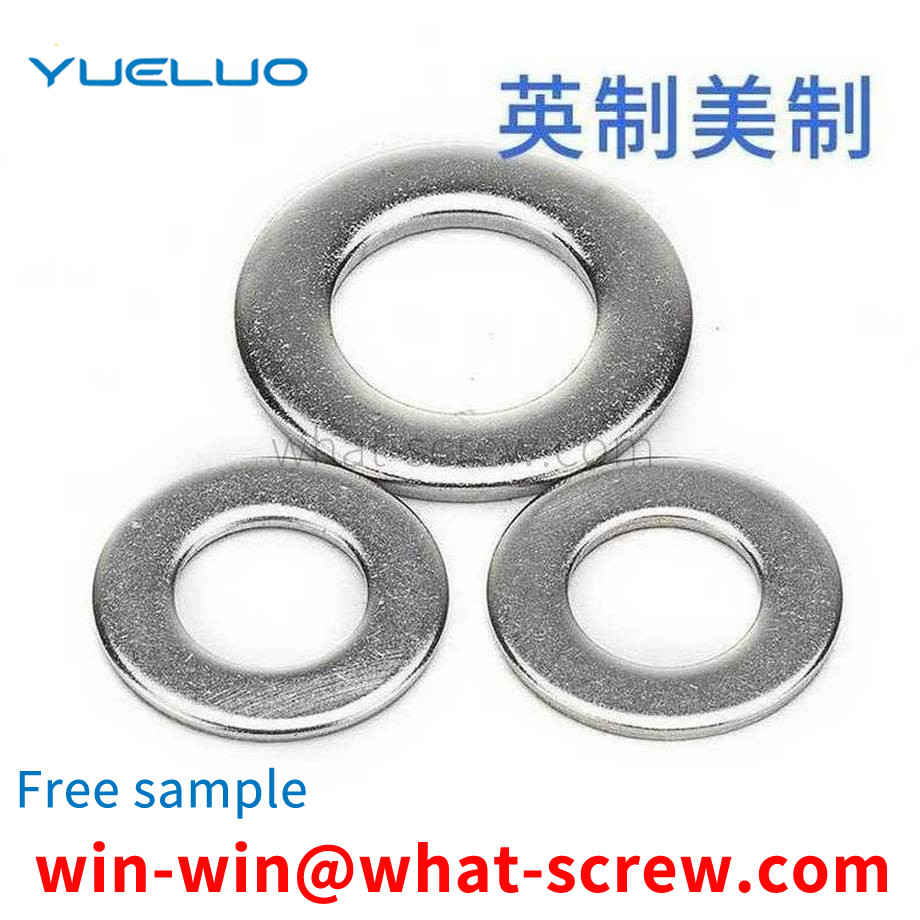
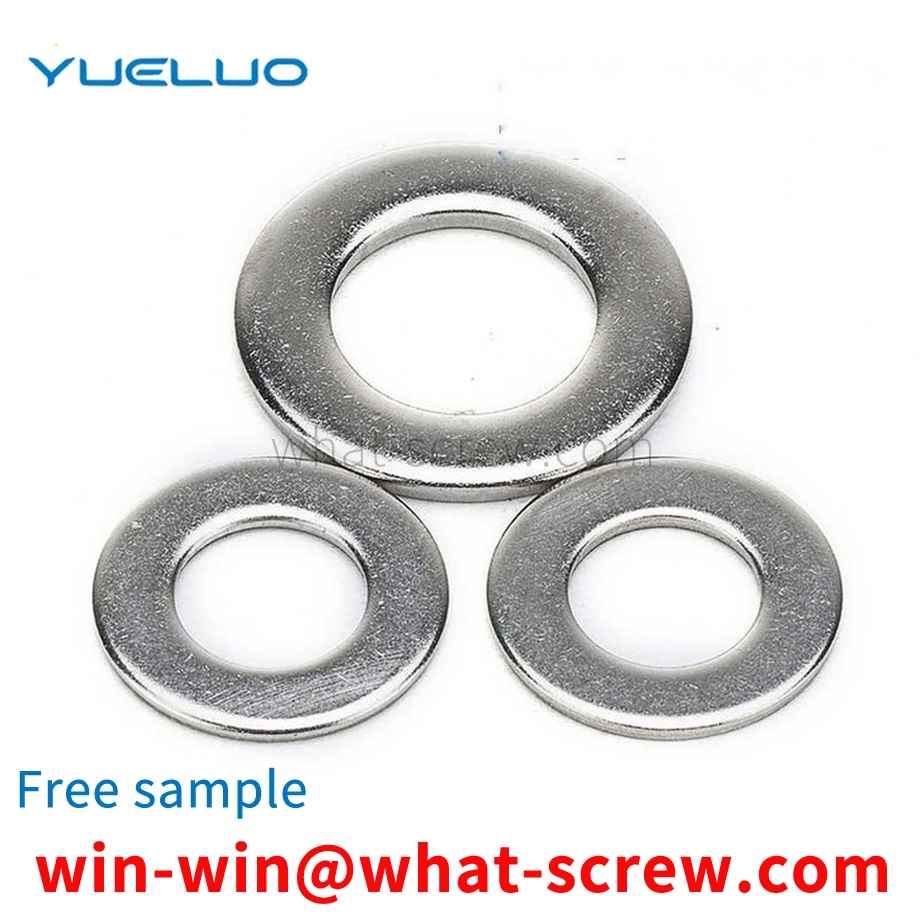
Principles of stainless steel screw material selection: The selection of stainless steel materials is mainly considered from the following five aspects. 1. Requirements on mechanical properties, especially strength, of stainless steel screw materials; 2. Requirements on corrosion resistance of materials by working conditions; 3. Heat resistance of materials by working temperature (high temperature strength, oxidation resistance) 4. Requirements for material processing performance in terms of production technology; 5. Other aspects such as weight, price, procurement and many other factors must be considered.
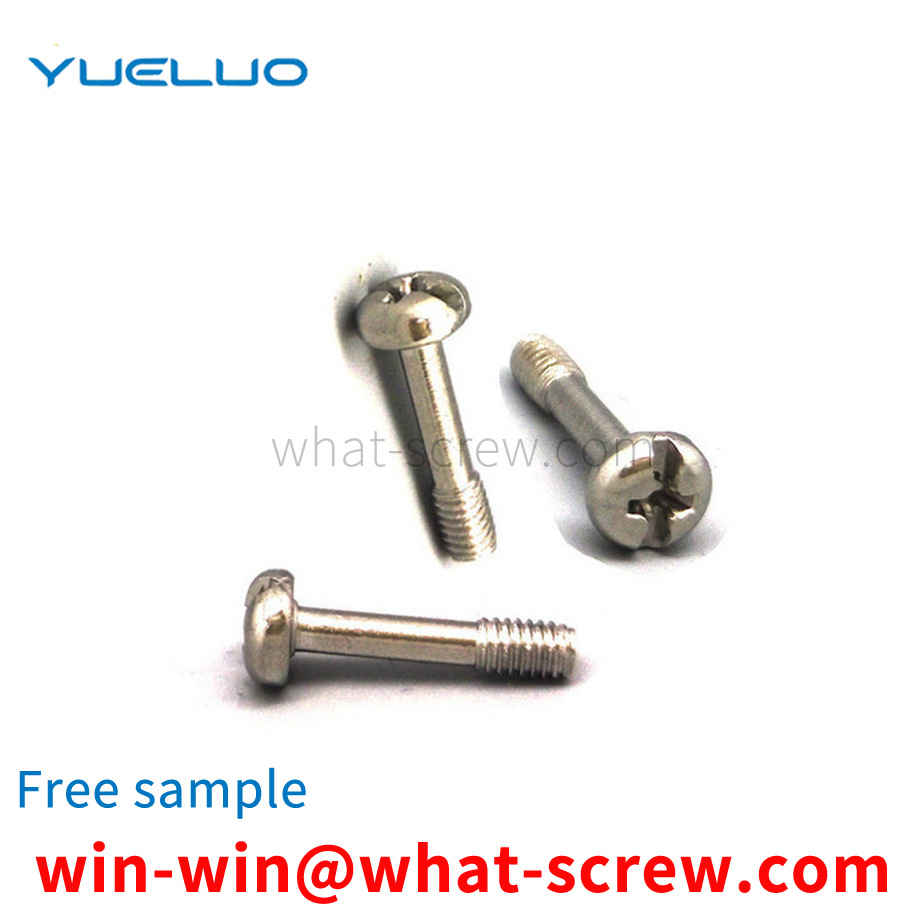
The quality of electroplating is measured primarily by its corrosion resistance, followed by appearance. Corrosion resistance is to imitate the working environment of the product, set it as the test condition, and perform a corrosion test on it. The quality of electroplating products shall be controlled from the following aspects: 1. Appearance: Partial uncoated, scorched, rough, gray, peeling, crusted, and obvious stripes are not allowed on the surface of the product, and pinholes, pitting, and black plating are not allowed. Slag, loose passivation film, cracks, peeling off and serious passivation marks. 2. Coating thickness: The operating life of fasteners in corrosive atmosphere is proportional to its coating thickness. The general recommended thickness of economical electroplating coating is 0.00015in ~ 0.0005in (4 ~ 12um). Hot-dip galvanizing: the standard average thickness is 54 um (43 um for diameter ≤ 3/8), and the minimum thickness is 43 um (37 um for diameter ≤ 3/8). 3. Coating distribution: With different deposition methods, the aggregation method of the coating on the surface of the fastener is also different. During electroplating, the coating metal is not uniformly deposited on the peripheral edge, and a thicker coating is obtained at the corners. In the threaded portion of the fastener, the thickest coating is located on the thread crest, gradually thinning along the flank of the thread, and the thinnest deposit is at the bottom of the thread, while hot dip galvanizing is just the opposite, the thicker coating is deposited on the inside corners and On the bottom of the thread, mechanical plating tends to deposit the same metal as hot-dip plating, but is smoother and has a much more uniform thickness over the entire surface [3]. 4. Hydrogen embrittlement: During the processing and processing of fasteners, especially in the pickling and alkali washing before plating and the subsequent electroplating process, the surface absorbs hydrogen atoms, and the deposited metal coating then traps hydrogen. When the fastener is tightened, the hydrogen is transferred towards the most stressed parts, causing the pressure to build up beyond the strength of the base metal and producing microscopic surface cracks. Hydrogen is particularly active and quickly seeps into the newly formed fissures. This pressure-rupture-penetration cycle continues until the fastener breaks. Usually occurs within a few hours after the first stress application. To eliminate the threat of hydrogen embrittlement, fasteners are heated and baked as soon as possible after plating to allow hydrogen to seep out of the plating, typically at 375-4000F (176-190C) for 3-24 hours. Since mechanical galvanizing is non-electrolyte, this virtually eliminates the threat of hydrogen embrittlement, which exists in galvanizing using electrochemical methods. In addition, due to engineering standards, it is forbidden to hot-dip galvanize fasteners with hardness higher than HRC35 (Imperial Gr8, metric 10.9 and above). Therefore, hydrogen embrittlement rarely occurs in hot-dip plated fasteners. 5. Adhesion: Cut or pry off with a solid tip and considerable pressure. If, in front of the blade tip, the coating peels off in flakes or skins, exposing the base metal, the adhesion shall be considered insufficient.
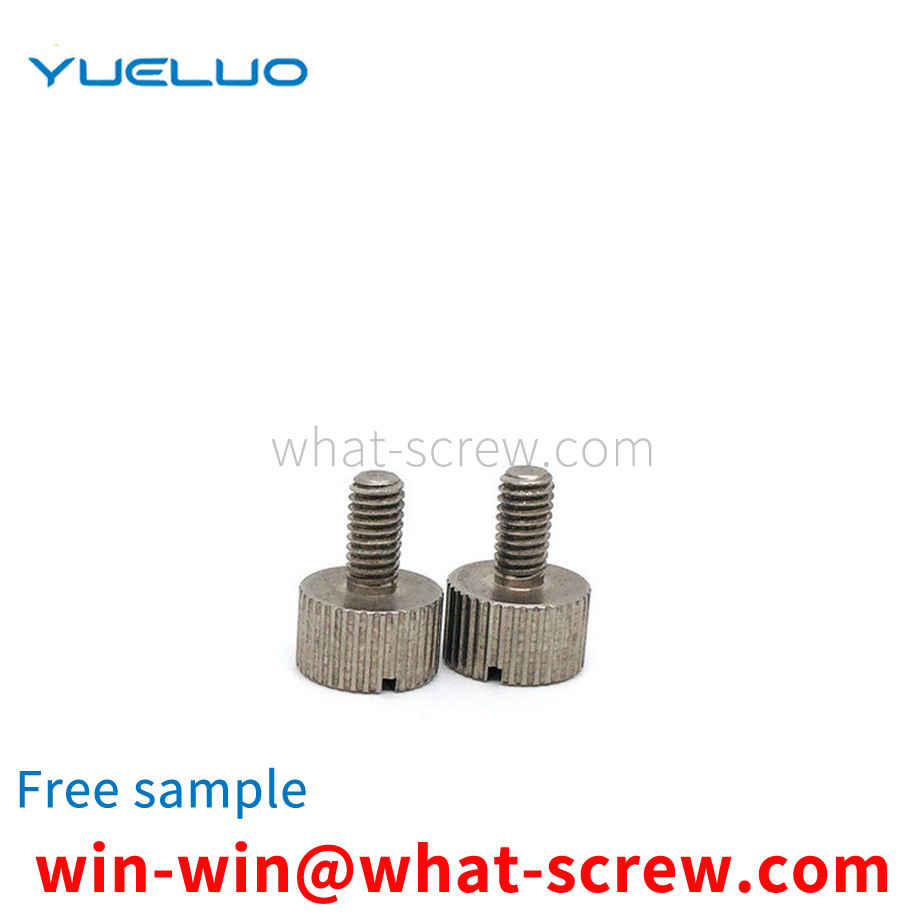
The above content is uploaded by Yueluo or the Internet. If there is any copyright issue, please contact [email protected].

What is the tolerance range of precision screws?

How to choose the right stainless steel screw manufacturer?

Why is there an R angle under the head of the hexagon head s...
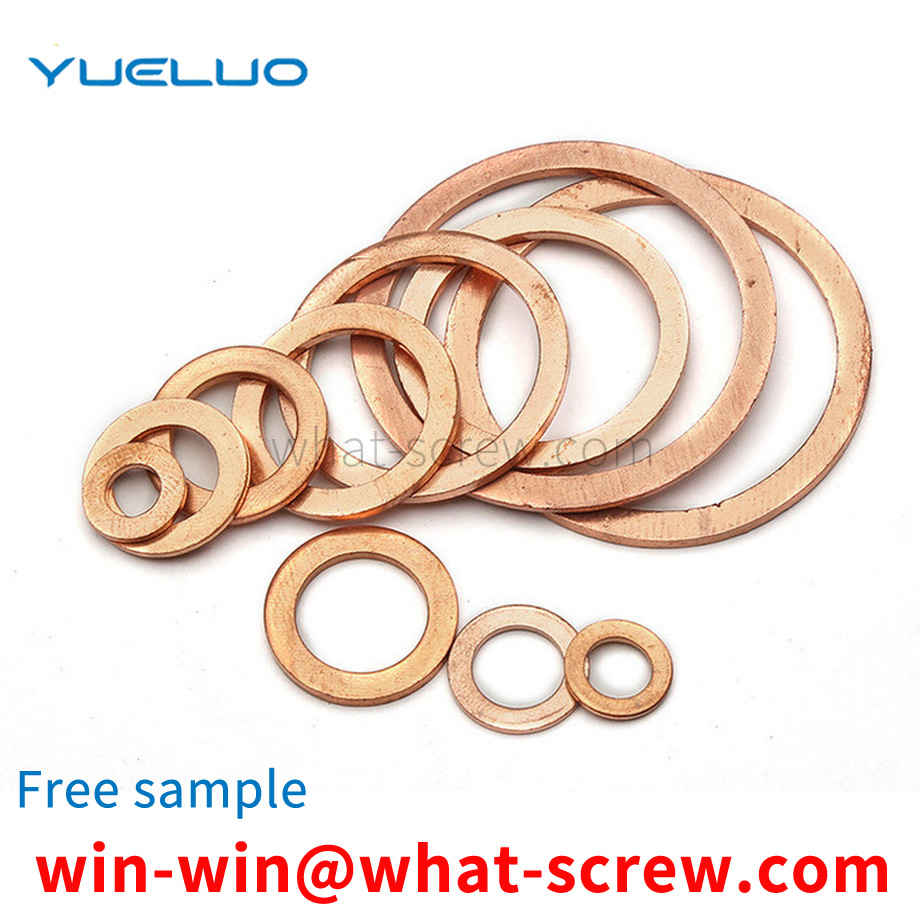
We have more than ten years of experience in the production ...

We have more than ten years of production experience in the ...

We have more than ten years of experience in screw industry ...

We have more than ten years of experience in screw industry ...